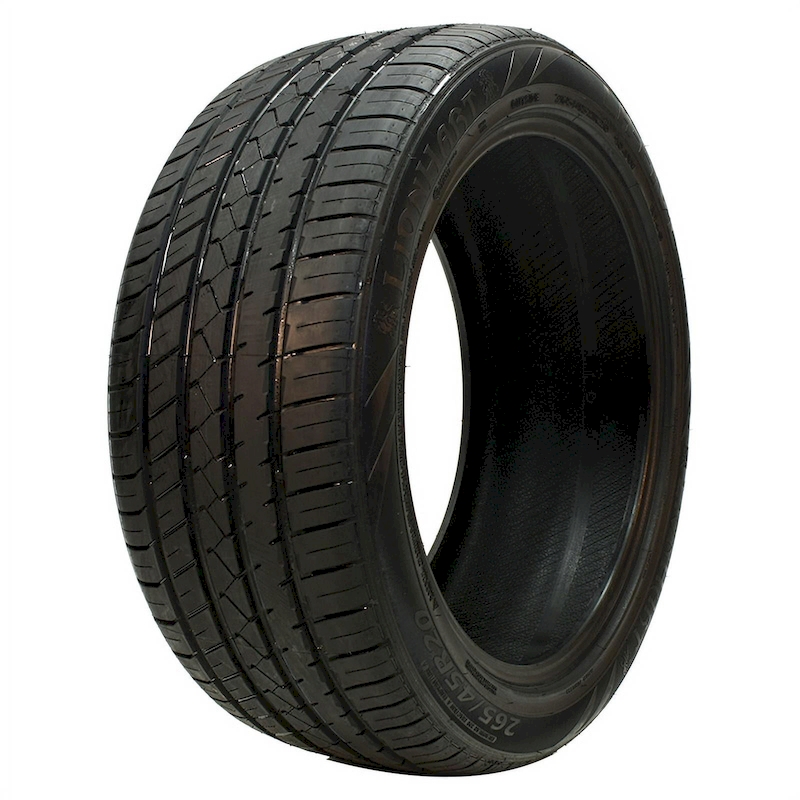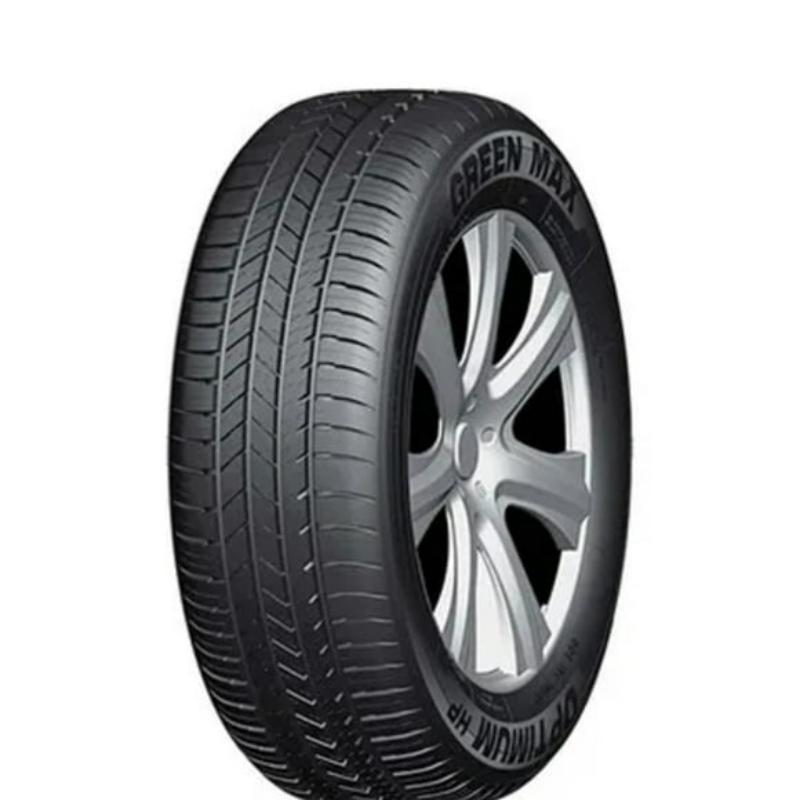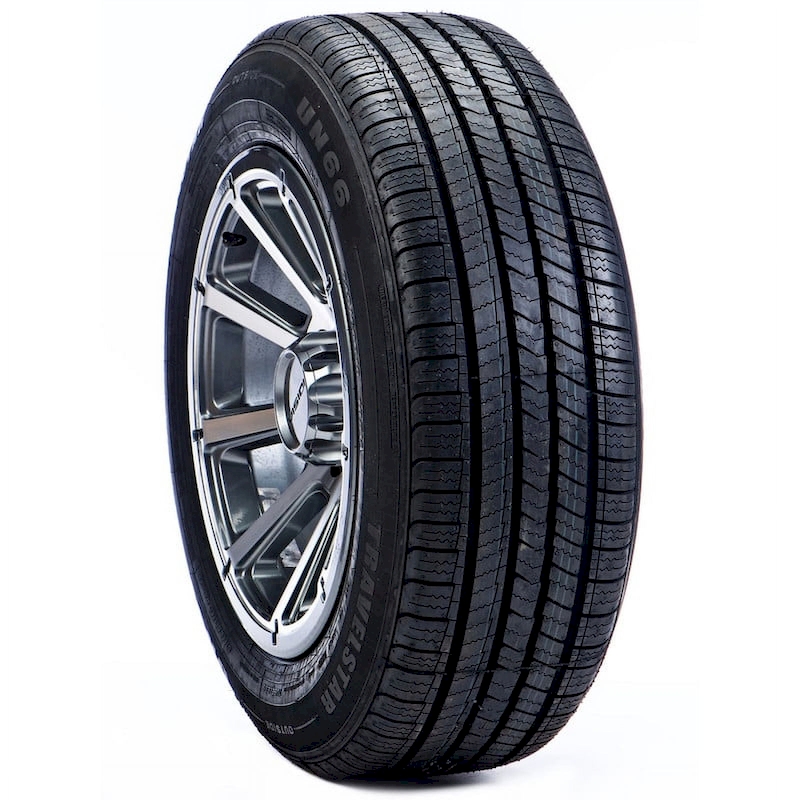When it comes to selecting the right tires for your vehicle, understanding the various codes and classifications can be a game-changer. One such classification you might encounter is ZR. So, what is ZR on tires, and why is it an important term for automotive enthusiasts and everyday drivers alike? This article delves into the specifics, exploring what ZR signifies, its implications for vehicle performance, and how it can affect your driving experience. Tire codes can seem confusing, but as you grasp the meaning behind them, you’ll be better equipped to make an informed decision when purchasing tires. Join us as we unravel the mystery behind ZR tires, their characteristics, and why they matter.
Understanding Tire Designations
Before we can dive deeply into what is ZR on tires, it’s essential to understand how tire designations work in general. Tires are categorized using a string of letters and numbers that denote their size, type, and capabilities. This notation starts with the tire width followed by the aspect ratio, construction type, rim diameter, and load index. For example, a typical designation might look like this: 225/50R16. Here’s a brief breakdown of these elements.
- Tire Width: The width of the tire in millimeters.
- Aspect Ratio: The height of the sidewall as a percentage of the tire’s width.
- Construction Type: This indicates the construction method of the tire. “R” stands for radial. This is where ZR comes into play.
- Rim Diameter: The diameter of the wheel that the tire fits onto.
Now that we’ve set the stage, we can focus specifically on what ZR means and its relevance in tire purchase decisions.
What Does ZR Mean?
The designation “ZR” is an abbreviation for “Z-rated” tires. More specifically, it refers to the speed rating of tires designed for high-performance vehicles. The Z rating means the tire is capable of handling speeds over a certain threshold—traditionally, this is above 149 mph (240 km/h). Though the term originates from earlier speed ratings, it has since evolved to encompass tires that can sustain exceptionally high performance levels.
In today’s lexicon of tire classifications, “ZR” tends to overlap with newer speed ratings, like W and Y, which denote tires that can handle even higher speeds. However, if you see ZR in a tire designation, be assured that it caters to a premium segment designed for high speeds and exceptional handling.
The Importance of ZR Tires
Choosing the right tires is crucial for your vehicle’s performance, safety, and longevity. So why should you care about the ZR classification?
Firstly, ZR tires are built with a specific focus on performance. They offer enhanced handling, cornering capabilities, and braking power, especially necessary for sports cars and performance vehicles. This makes them invaluable for drivers who demand peak performance from their cars.
Additionally, ZR tires often incorporate innovative rubber compounds and tread designs that optimize grip on both wet and dry surfaces. This results in increased traction, which is vital for maintaining control, particularly at high speeds. For anyone who enjoys spirited driving, understanding what is ZR on tires can lead to selecting a tire that fulfills these high expectations.
How ZR Tires Compare to Other Ratings
When considering tire options, it’s pivotal to understand how ZR tires measure against other classifications. For example, let’s compare ZR tires to standard tires and other performance ratings.
Standard tires typically are designed for everyday use, offering good performance, durability, and comfort. However, they might not deliver the same level of responsiveness as ZR-rated tires. Conversely, tires with lower speed ratings, such as S or T, may not provide the high-speed stability or cornering capabilities that ZR tires do.
Subsequently, tires with speed ratings higher than ZR, like W and Y, are also suitable for high-speed environments but come with even stricter performance metrics. Therefore, when faced with making a choice, it’s crucial to consider the intended use of your vehicle. If you drive a high-performance car regularly, ZR tires may be your best bet.

Factors Influencing Your Choice of ZR Tires
Several factors come into play when making an informed decision about whether to purchase ZR tires. Here are some critical considerations:
- Driving Style: If you often drive aggressively or enjoy fast cornering, ZR-rated tires will offer the performance you need.
- Vehicle Type: If your vehicle is a sports car, a ZR tire might be essential for maximizing its capabilities. For sedans or SUVs used mostly for daily commuting, standard tires may be sufficient.
- Weather Conditions: It’s important to consider the climate where you live. ZR tires may perform well in rain but don’t always excel in winter conditions. If you live in an area with consistent snow or ice, you might need to invest in winter tires instead.
- Budget: Generally, ZR tires come at a premium compared to standard tires. It’s essential to balance your performance needs against your budget to find the right option for your situation.
The Performance Characteristics of ZR Tires
Understanding what is ZR on tires also leads us to consider their performance characteristics. When you equip your vehicle with ZR tires, you can expect specific performance attributes, including:
- Enhanced Grip: ZR tires utilize specialized compounds that improve traction, allowing for faster acceleration and better cornering.
- Stability at High Speed: Their design offers increased stability, less distortion, and better control when driving at elevated speeds.
- Responsive Handling: The construction and design contribute to superior feedback from the road, improving your overall driving experience.
- Effective Heat Dissipation: Engineered to resist heat buildup during spirited driving, ZR tires help maintain performance and reduce wear.
These characteristics cater especially to enthusiasts and those who prioritize performance, allowing for a driving experience that meets and even exceeds expectations.
Installing ZR Tires: Important Considerations
If you’ve decided that ZR tires are the right choice for your vehicle, the next step is proper installation. Before you visit the tire shop, consider these installation tips:
- Professional Installation: High-performance tires require expert installation. Professionals have the necessary equipment and knowledge to ensure ZR tires perform to their intended specifications.
- Balance and Alignment: It’s critical to have your tires balanced and your wheels aligned. Misalignments can lead to uneven wear and reduced performance.
- Tire Pressure Monitoring: Keep a close watch on your tire pressure. Proper inflation is vital for optimizing performance and safety when using ZR tires.
- Regular Maintenance: Like all tires, ZR tires benefit from regular inspections. Check for signs of wear or damage frequently and adhere to recommended replacement intervals.
Future Trends in ZR Tire Technology
The tire industry is constantly evolving, with new technologies emerging that enhance performance while addressing user needs. Here’s a look at some trends we might see in the near future concerning ZR tires:
- Smart Tires: With advancements in technology, ZR tires may evolve to include sensors that monitor tire pressure, temperature, and tread wear in real-time. This technology can warn drivers about potential issues before they become serious.
- Sustainability Efforts: The push toward making tires more eco-friendly will likely continue. We can expect more manufacturers to adopt sustainable practices, incorporating eco-friendly materials and manufacturing processes.
- Customization: As performance enthusiasts demand more personalized tires, the trend of offering customizable tread patterns and compounds tailored to specific driving styles will likely grow. By tailoring tires, drivers can optimize performance for their personal needs.
- Hybrid and Electric Vehicles: As the automotive industry transitions toward hybrid and electric vehicles, the development of ZR tires specially designed for these vehicles will become crucial. These tires will need to account for different weight distributions and torque delivery characteristics in electric and hybrid models.

Conclusion
As we’ve elaborated on throughout this article, understanding what is ZR on tires is essential for getting the most out of your vehicle’s performance. ZR tires are not just high-speed alternatives; they encapsulate advanced technologies aimed at providing superior handling, grip, and durability.
Through conscientious choice and proper maintenance practices, you can harness the power of ZR tires, ensuring they perform reliably under high speeds while maintaining safety. We hope this comprehensive guide has illuminated the various aspects of ZR tire classification and usage. By integrating the practical advice and technical insights shared here, both performance enthusiasts and everyday drivers can make informed decisions that enhance their driving experience.
Remember, the world of tires goes beyond basic functions; it’s a cornerstone of automotive technology that continues to develop. Stay informed, choose wisely, and enjoy the ride!